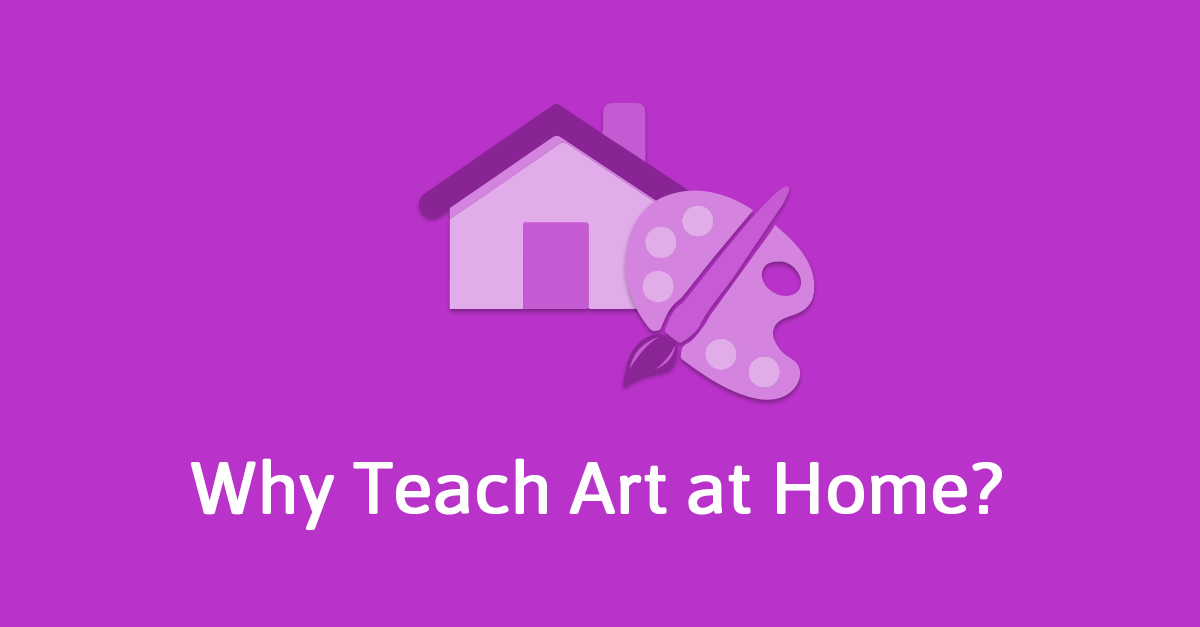
Please indulge me for a moment. On a piece of paper (or in your mind), list all of the subjects you are teaching in your homeschool. Now number them in order of priority, starting with 1 as “absolutely essential” and working your way down the list. (It might help if you imagine a day full of appointments that requires an abbreviated school schedule. Which subjects would you require your students to complete, which would you leave for “if you have time”, and which would you put off for another day?)
Now review your list. If you’re like most homeschoolers, you probably have math and reading at the top. Subjects like history and science probably fall somewhere in the middle, with phys. ed., music, art at the bottom of the list (if they appear at all). Unless your state mandates these subjects, or unless you have a student inclined toward those pursuits, it’s tempting either to skip the fine arts or incorporate them into other subjects, such as drawing the planets as a part of science. While there is nothing wrong with addressing art in this manner, it is important to realize that, like all disciplines, art has fundamental concepts and understandings that a well-rounded and well-educated person needs to acquire. We do not do our best by our children if we ignore or minimize art instruction in our homeschooling endeavors.
Imagine that a bowl of fruit has been placed in front of you, and you have been asked to reproduce it artistically (no camera allowed). Whether you realize it or not, your brain begins working through a series of important cognitive tasks. These tasks not only help you through the execution of the art project, but they also have the potential of transferring to other areas of learning, such as math and composition. As you work through a simple art project like this, you will find that you are developing:
Problem Solving Skills
Most of us don’t think of art as problem solving, but it really is. Art creation is the “problem” of taking what you see with your eyes and using appropriate tools to convey that image to someone else. Think back to your fruit bowl project. What medium will you use- crayons, paints, clay, or something else? How will you use the space on the paper? What goes where? What colors should you use? How will you show shadows and shading? There are many questions to answer and many decisions to be made, all of which are part of the problem solving process.
Sensory Perceptions
As you prepare for the task of artistic creation, your eyes immediately start studying what you see in front of you—the shapes of the bowl and the fruit, the proportions of each item in relation to each other, the pattern of the table, the way the light falls, the colors of each piece. The task of transferring what your eyes see to medium you are using forces you to pay attention to detail, developing your powers of perception and analysis.
Communication Ability
Let’s take your fruit bowl project to another level. Instead of simply reproducing what you see, is there something you can SAY about the fruit bowl through your project? For example, suppose you choose to use bright, vivid colors for the fruit. The person who views your creation might experience a sense of freshness and excitement. Suppose you chose to draw the pieces of fruit much smaller than the bowl. This might convey a feeling of poverty or emptiness. Believe it or not, the way an art project is executed says something to the viewer; it can communicate an idea or express an emotion, sometimes in powerful ways.
You can see that involving your student in an art project, besides providing a change from the usual book-and-paper routine, can help him or her develop cognitive abilities in a unique way. In a future blog post, I’ll discuss how you guide your child through an art activity to maximize learning while still having fun and allowing for creative expression.
Related Post




Leave a Reply